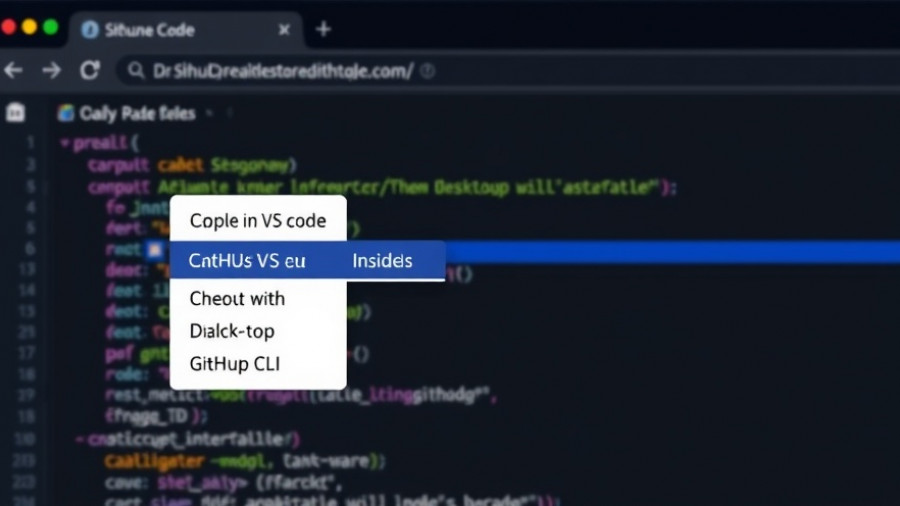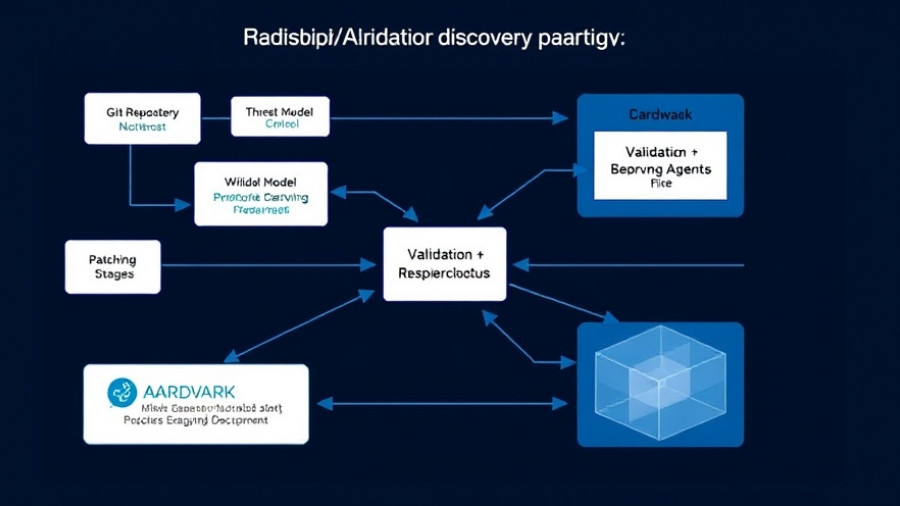
A Revolutionary Approach to Cybersecurity with AI Agents
In an age where digital threats are evolving faster than ever, the integration of artificial intelligence with cybersecurity strategies has become paramount. A recent study by researchers from Google and the University of Arkansas at Little Rock introduces an innovative solution: an AI agent immune system designed to provide adaptive cybersecurity. This new method not only enhances security response times but also reduces resource overhead, making it an exciting development for both cybersecurity professionals and tech enthusiasts.
Understanding the Agentic AI Immune System
The proposed system relies on deploying autonomous sidecar AI agents that operate closely with workloads, such as Kubernetes pods and API gateways. These agents are not merely reactive; they proactively learn behavioral profiles, allowing them to create a personalized baseline for each workload. By continuously analyzing execution traces and inter-service interactions, they can detect anomalies almost instantaneously—reducing threat containment times to approximately 220 milliseconds.
What Sets This System Apart? Deep Reasoning with AI Agents
One of the most intriguing aspects of this research is how these AI agents utilize deep reasoning. Upon identifying an anomaly, the agents assess the risk using a mix of local anomaly scores and shared intelligence from peer agents. This federated intelligence shifts the decision-making from a centralized model to an edge-first approach, allowing for instantaneous threat response without waiting for data to return to a central control point. This not only speeds up mitigation but aligns with the principles of zero trust, evaluating the context and identity continuously.
The Benefits of Quick Containment
Speed is critical in cybersecurity, and the findings show that this AI-driven method achieves a remarkable F1 score of approximately 0.89, indicating solid accuracy. By carrying out immediate local controls—such as pausing a compromised container or tightening access policies—the system minimizes the chances of lateral movement within networks.
Future Predictions and Cybersecurity Trends
As cyber threats escalate, the need for sophisticated, adaptive security measures is clear. This AI agent immune system could set a standard for future cybersecurity frameworks where agentic AI models dominate. With organizations increasingly adopting microservices and cloud-based architectures, agentic approaches that prioritize decentralized decision-making will likely become the norm, enhancing overall security resilience.
The Role of AI Agents in Future Cybersecurity
The innovation of employing AI agents in cybersecurity signifies a paradigm shift. These agents can constantly learn and adapt to new threats, making them essential for future-proofing digital infrastructures. By understanding the context of user behaviors and potential risks, they can mitigate attacks more efficiently than traditional systems based on fixed rules or outdated data.
Making Informed Decisions with AI Insights
Organizations looking to adopt these technologies should focus on strategies that leverage AI agents for real-time threat analysis and response. Integrating such systems into cybersecurity protocols not only enhances security but also fosters a culture of innovation, where risk is managed proactively rather than reactively.
Concluding Thoughts: Embracing the Future of AI in Cybersecurity
As technological advancements continue to shape our interactions with the digital world, it is vital to stay informed about innovations such as the AI agent immune system. By understanding and potentially adopting such cutting-edge solutions, tech enthusiasts and organizations alike can better defend against the evolving landscape of cyber threats.
If you're eager to learn more about these innovations and how they can impact your cybersecurity strategy, keep exploring the latest developments in AI and their applications in real-world scenarios.
 Add Row
Add Row  Add
Add 




Write A Comment